HOW TO CHOOSE A SUITABLE GEOMEMBRANES for your project?
Part 1 General definition of Geomembranes
Geomembranes are synthetic membranes used as barriers to control the movement of liquids in various environmental and engineering projects. It is a kind of polymer made from polyethylene particles by calendering process or film blow moulding process.
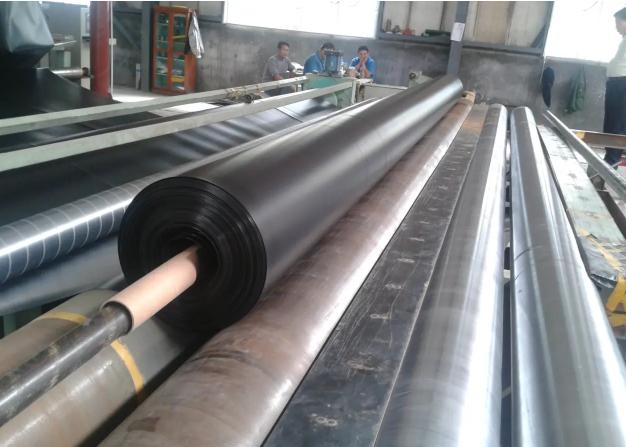
Calendering process

Blow Moulding Process
(1)Advantages of calendering process: high surface brightness of geomembrane, fast production speed, different thickness of the membrane can be quickly adjusted and produced finished products.
Disadvantage of calendering process: uneven thickness.
(2)Advantages of blow moulding process: stable quality, uniform thickness, longitudinal and transverse tension can meet the technical requirements and longer service life.
Disadvantages of blow moulding process: Higher waste of raw materials, high price and high cost.
Part 2 Production Process
The production of geomembranes involves several steps, making sure that the products can meet customers’ needs and various standards.
1. Material Selection
The first step in the production process is the selection of raw materials. The choice of polymer is based on the application, environmental conditions, and required performance characteristics.
HDPE is known for its excellent chemical resistance and durability, making it suitable for landfills and containment applications.
LDPE is more flexible and used in applications where high flexibility is required.
PVC offers good chemical resistance and is often used in water containment and agricultural applications.
EPDM is basically a saturated polymer, very good aging resistance, good weather resistance, excellent electrical insulation properties, good chemical resistance and impact elasticity.
2.Forming Processes
Once the material is selected, the next step is to form the geomembrane sheets. There are two primary methods for this:
Extrusion: In this process, the raw polymer is melted and forced through a die to form continuous sheets. This method is primarily used for producing HDPE geomembranes. The extruded sheets are cooled and cut to the required width.
Calendering: This technique involves passing the polymer through a series of rollers to create thin sheets. PVC geomembranes are often produced using this method. Calendering allows for precise control over the thickness of the sheets.
3. Cooling and Cutting
After forming, the sheets undergo a cooling process to solidify the material. Once cooled, they are cut into standard sizes based on project specifications. Quality control checks are implemented at this stage to ensure uniformity in thickness and surface quality.
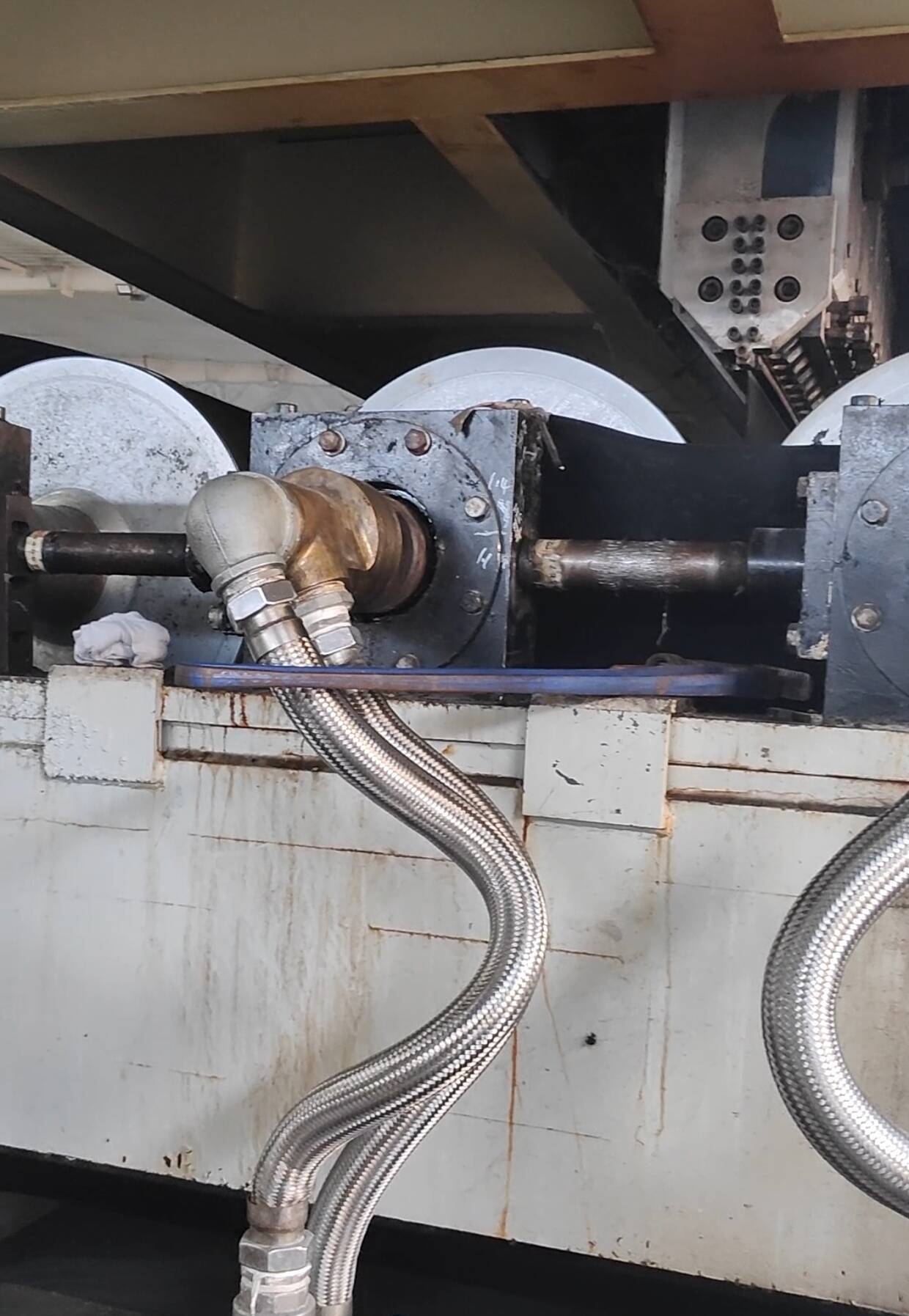
Cooling Pipeline
4. Surface Treatment
In order to improve the performance of geomembranes, factories apply surface treatments to geomembranes according to different customer requirements. These treatments improve UV resistance, adhesion properties and overall durability. Some geomembranes are coated to enhance their chemical resistance, making them suitable for specific applications.
Part 3 Applications of Geomembranes
Geomembranes serve various purposes across different industries Here are some of the primary applications:
1. Landfills
One of the most significant applications of geomembranes is in landfill construction. They are used as liners to prevent leachate—a liquid that has percolated through waste—from contaminating groundwater and soil. HDPE geomembranes are preferred due to their robustness and impermeability, ensuring long-term environmental protection.
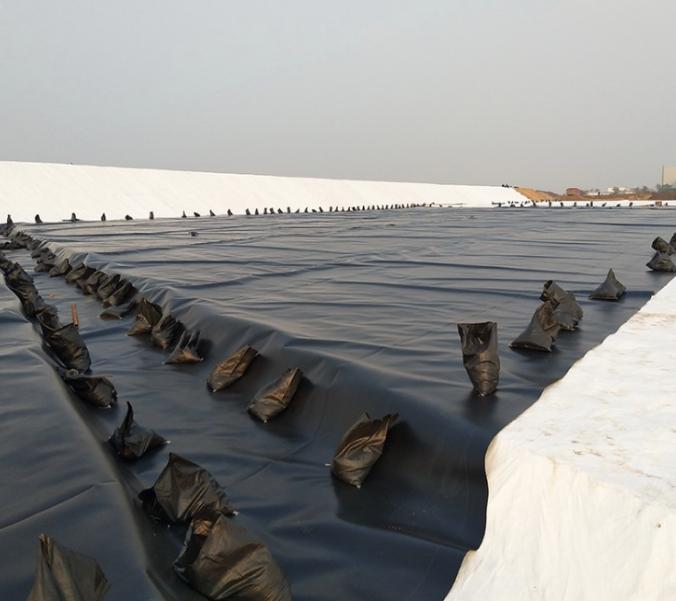
Geomembranes in landfills
2.Prevention of water contamination
Geomembranes are widely used to store water in reservoirs, ponds and canals. They minimise evaporation and leaking, ensuring that the stored water remains available for agricultural, recreational or landscape use. The key properties of geomembranes in these applications are flexibility and durability.
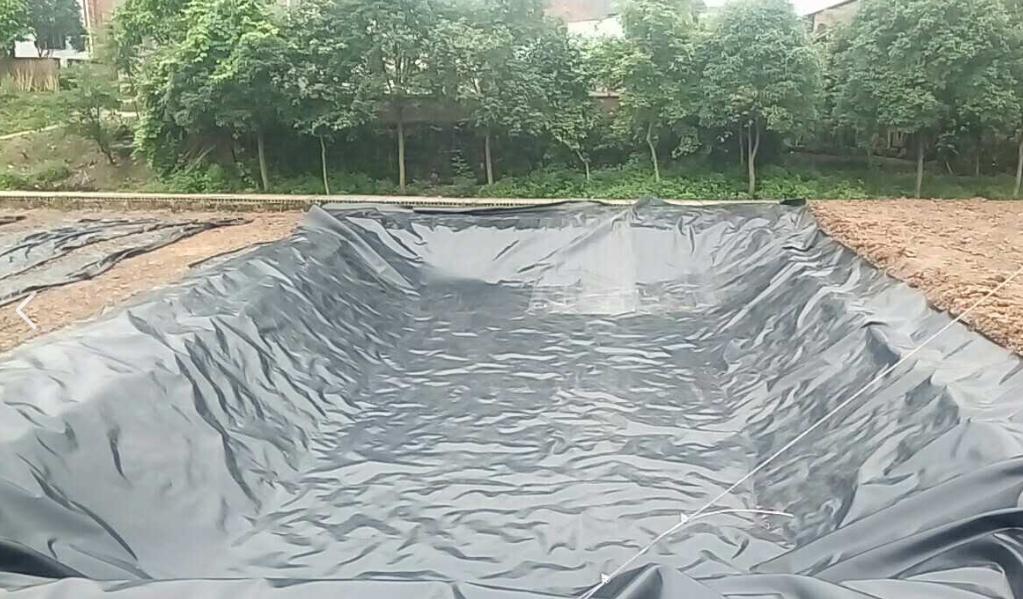
Reservoir construction
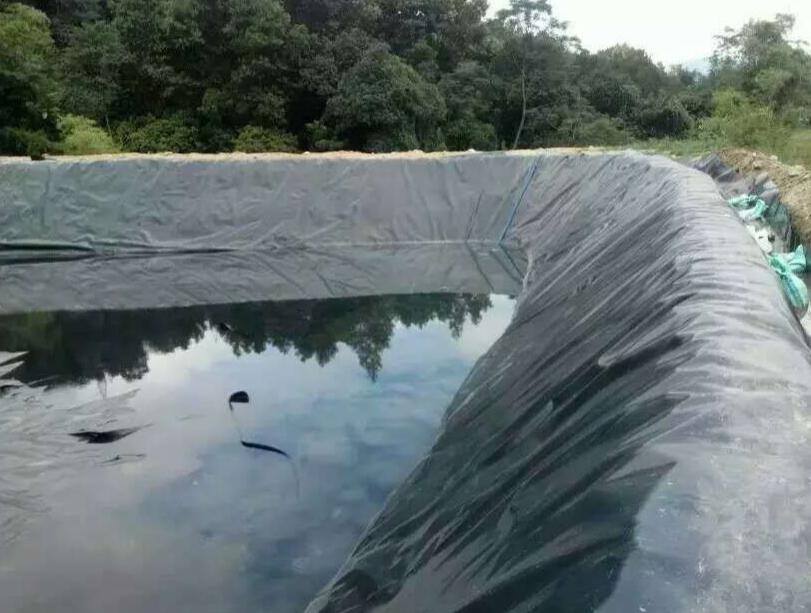
Geomembranes used for ponds
3.Fish ponds and aquaculture
The biggest benefit of geomembranes to farming for the average farmer is the low cost and ease of pond cleaning. The cost of installation and replacement is also not high shallow water lotus root cultivation has experienced several years of development, the technology is mature benefit is considerable, but the threshold is too high. The cost of building a one-acre cement pond is 20,000-25,000 yuan, which is difficult to be afforded by general farmers' families and entrepreneurs. In addition, the national land protection policy generally does not allow the construction and building on the arable land to destroy the cultivation layer. This shows that geomembrane is a very important material for the farming industry.
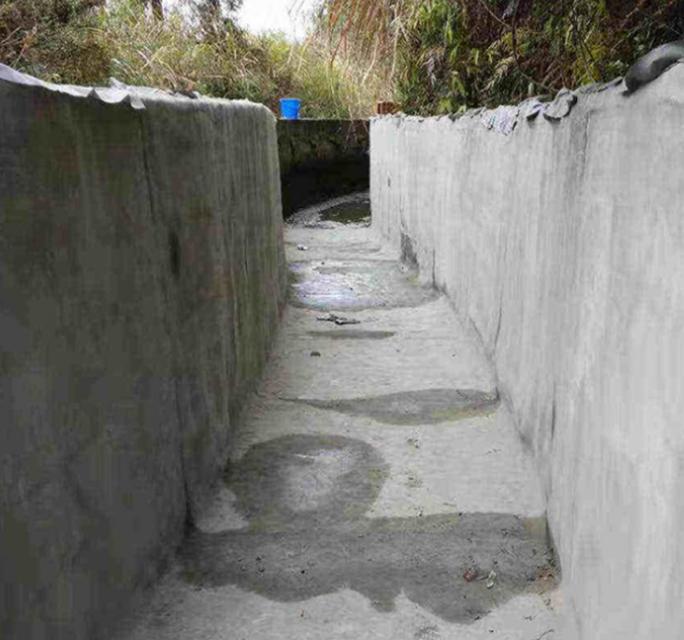
High-cost cement fish ponds
4.Mining Operations
Mining development brings not only a large number of ores, but also a lot of tailings, but tailings storage tailings often have a large number of metals, heavy metals, as well as residual agents, once the environmental pollution, the consequences are very serious, so the geomembranes are usually used to prevent seepage.
Part 4 Installation of Geomembranes
Installation process is crucial to ensure its functionality and longevity. The following are the main steps of geomembrane installation.
1. Preparation
Before installation, the construction site needs to be fully prepared. The ground is cleared to remove debris, sharp objects and plant roots to ensure the integrity of the membrane. In addition, the subsoil should be inspected to ensure that its bearing capacity meets the requirements.
2. Sampling
According to the design drawings, place the geomembrane installation position. Use marking tools to draw the boundary line of the membrane on the ground to ensure the correct size and position of the membrane.
3. Cutting
Cut the geomembrane to the right size according to the actual situation on site. The overlap should be taken into account when cutting, and it is usually recommended that the overlap width should be between 10-30cm to ensure the impermeable effect.
4. Installation
Spread the cut geomembrane flat to avoid wrinkles and air bubbles. For larger membrane sheets, it is recommended to start laying from one end and gradually advance to the other end. Use special tools to ensure a good fit of the membrane to the substrate.

Installation process
5. Joining
For overlapping membrane sheets, they can be connected by thermal welding or mechanical connection. When welding, make sure the welds are even and firm to avoid leakage.
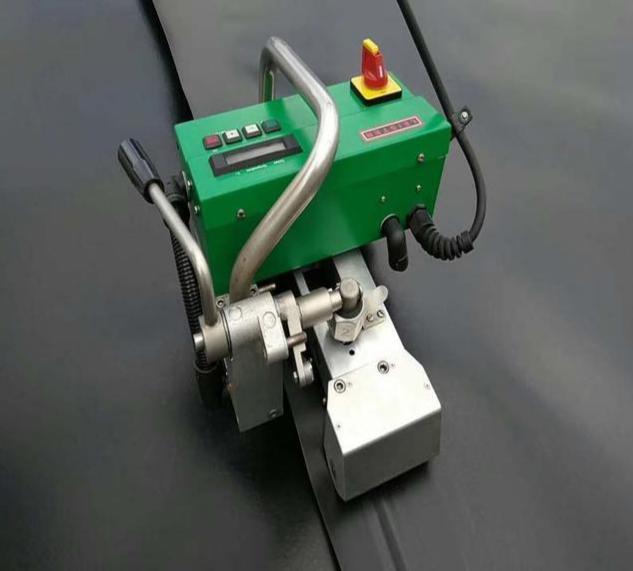
Welding machine
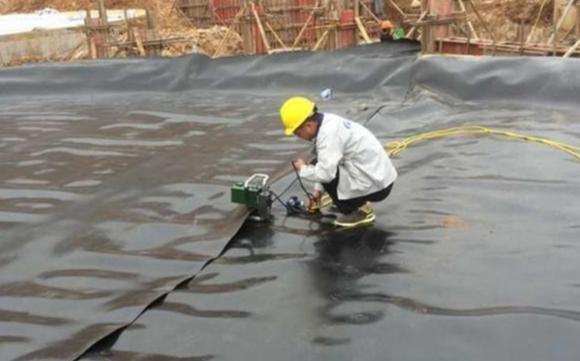
Welding
6. Edge fixing
7. Inspection and Maintenance
Finally, a thorough inspection is carried out to ensure the integrity and sealing of the membrane. The state of the membrane should be checked regularly after installation, and any possible damage or deformation should be dealt with in time.
Through the above steps, the installation of geomembranes can effectively achieve its seepage control, isolation and protection functions, and provide guarantee for the smooth progress of the project.
In short, you should choose the right geomembranes according to different applications and project needs. Cost and installation should also be taken into consideration. If you have any question, please do not hesitate to contact us. Once specifications are provided, we will give our advice and quotation for your reference. Huatao Group would like to help our customers to reduce their cost and get the best quality.
HUATAO GROUP
Add: No.298, Zhonghua North Street, Shijiazhuang city, Hebei, China.
Tel: +86 18032422676 (WhatsApp & Wechat)
E-mail: annie.lu@huataogroup.com
Website: https://www.htgeosynthetics.com/
*** Huatao Mainly Products***
1. Geosynthetics Clay Liner, HDPE Liner,Geomembrane, Geotextiles, Drainage Systems, Geonet used for Landfill industry.
2. Geocell,Geoweb, Geogrid used for Erosion Control Projects.
3. Pavement Geogrid, Geonet, Rockfall Netting, and Geotextiles fabrics used for earthwork projects or the mining industry.
4. GCL, Geotextile, Bi-plannar geonet, dewatering geotube, Silt Curtain used for Environmental Projects.
can not be empty
can not be empty
